GOOD TO THE LAST DROP
BY TREVOR BACQUE • PHOTO BY IAN DOIG
For many years now, malting barley research has primarily focused on how to provide small and large brewers alike with the next great variety for their beers. An afterthought, however, is distillers, who often source their barley from other countries with a more established system of malting barley suitable for spirits. Well, not anymore. With the release of AB Dram, a new two-row malting barley 22 years in the making that originated from Western Crop Innovations (WCI) in Lacombe.
While the variety meets many of the usual agronomic criteria, and performs similarly well to Copeland and Synergy in many aspects, it carries one extra special boast. It has a non-GN—not GM—trait. Standing for glycosidic nitrile, it’s a precursor to the carcinogenic compound ethyl carbamate, which poses a significant concern in distilling since the process can concentrate GN to unsafe levels for human consumption. The non-GN label is good news for both distillers and brewers.
The product, while not yet commercially available, has drawn interest from everyone throughout the value chain, said Yadeta Kabeta, a barley breeder at WCI. “It has seen strong adoption,” he said. “Some maltsters in Western Canada have or are considering incorporating this variety into their operations. Additionally, demand for this variety has expanded to other regions, including Eastern Canada and the United States.”
The variety was licensed by SeedNet in southern Alberta in October 2023 and it was the lack of GN that immediately caught the company’s gaze. Company spokesperson and seed farmer Greg Stamp called it a flex variety and said it performs equally well for distillers and brewers. He likened it in many ways to Copeland, which is still a respectable performer given its vintage. “I like niche things,” he said. “I thought that was kind of a niche thing, and it ended up being a little bit more of an up and coming, bigger opportunity than I first expected.”
While Stamp said the yield is not as big as other big European varieties, the variety makes up for it by being non-GN. Stamp grew Dram on his irrigated acres, which yielded about 115 bu/ac. He applied a plant growth regulator to it, as lodging was a risk for all his barley varieties. He believes it has the potential to be accepted into most major elevator programs and again emphasizes that its real value appears to lie in its being free of glycosidic nitrile. Beyond that, it’s heavy enough to hold its own, too.
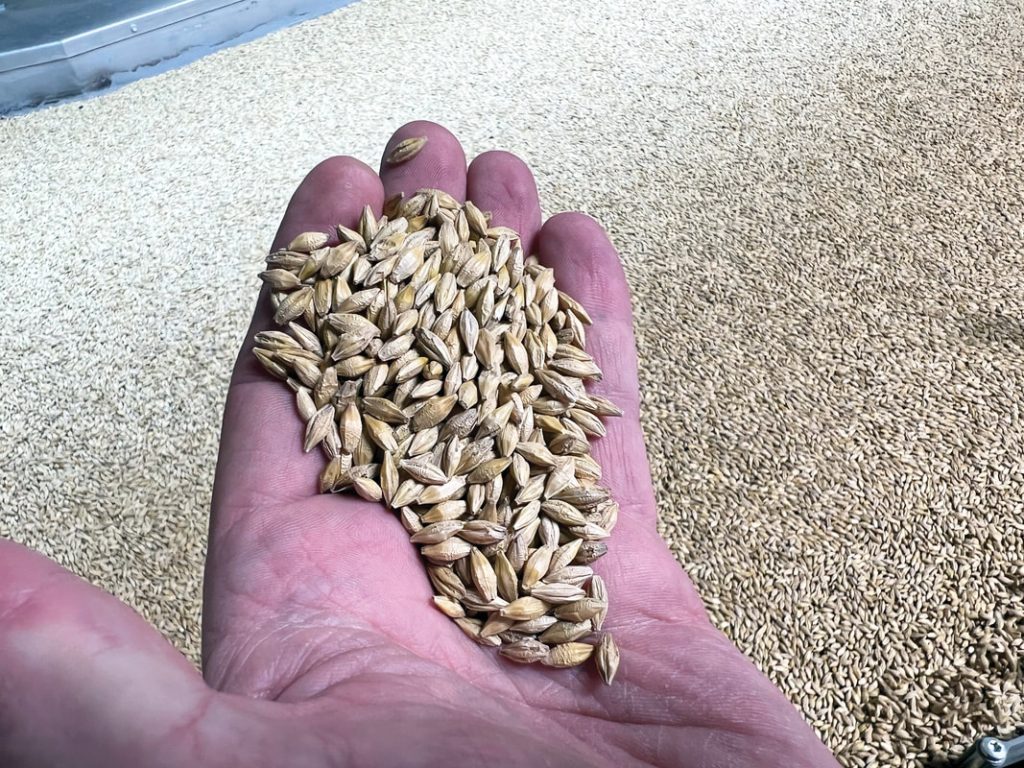
“This is the first Canadian bred non-GN and the Canadian bred varieties seem to hold up bushel weights better and tolerate drought better,” he pointed out. “So, they’re really suited for our environment. The Canadian-bred one is a little bit better.”
At the very least, it’s worth a phone call to your buyer if you’re in the business. “This is one you should consider, or at least talk to your maltster about it and say, ‘Hey, have you guys seen Dram? Are you guys needing something for distilling and or malt or flex?’” he said. Stamp believes demand will only increase, although he cautions against spec growing at this point.
When the Hamill family, which also owns and operates micro-malthouse Red Shed Malting, grew the variety at their central Alberta farm for the first time this year, results were just OK. The year ended ferociously hot and dry and took a bite out of all their crops’ yield. Nonetheless, they liked what they saw from Dram, even in difficult conditions. “It did end up being a little bit higher in protein than some of the other crops,” said Matt Hamill. “But the weight on it was still 49.8 pounds. So, that’s pretty decent. It’s a tough year to really compare this to other varieties.”
Hamill said he has been tracking Dram for a long time and has watched it progress through the breeding development system as a member of the barley and oat quality evaluation team at the Prairie Grain Development Committee. “Anytime I hear non-GN about barley, that is something that’s of interest for me,” he said. “When Red Shed started, we were selling almost exclusively to brewers, but we’re starting to get into more distillers and so a non-GN barley variety, and especially one that’s bred so close in Lacombe here; a lot of things kind of lined up that made us interested in it.”
Malting barley continues to prove itself as a viable rotational crop that helps break up the canola heavy production done on most farms. As the raw material for whisky, Hamill also sees its potential as a local and international attention getter, as it is in Scotland. People flock to the small country because of its prolific single-malt whisky production, which has an outsized global reputation.
“They’re driving lots of tourism from it, and it’s creating lots of demand for malting barley in Scotland, and that’s what we want to see here,” he said. “It’ll be good for the barley breeding programs that are in Canada, and then once we get it turned into whisky, we’re already starting to see a little bit of tourism related to it. That just has the potential to grow and grow and grow. As we have more world class distillers, we’re going to have more people travelling from all over the place to come check them out.”
Word is out with those that matter most, too. “Distillers are pretty excited about it, and so I don’t anticipate that we’ll have any trouble moving this product to distillers that are making whisky. There’s really not much of a reason not to get it,” said Hamill.
One of those high on Dram is Bryce Parsons, co-founder of True Wild Distilling in Calgary. As far as he’s concerned, the province is ground zero for distilling. “Having that [variety] in Alberta, I think solidifies that Alberta is the best place to make and enjoy whisky in North America, period,” he said.
“From the access we have to other whiskies here, but also to the agriculture that we have in both the ability to grow quality grains and quality barley, but also then to make quality malt. No one tells the story of the maltster in Alberta.”
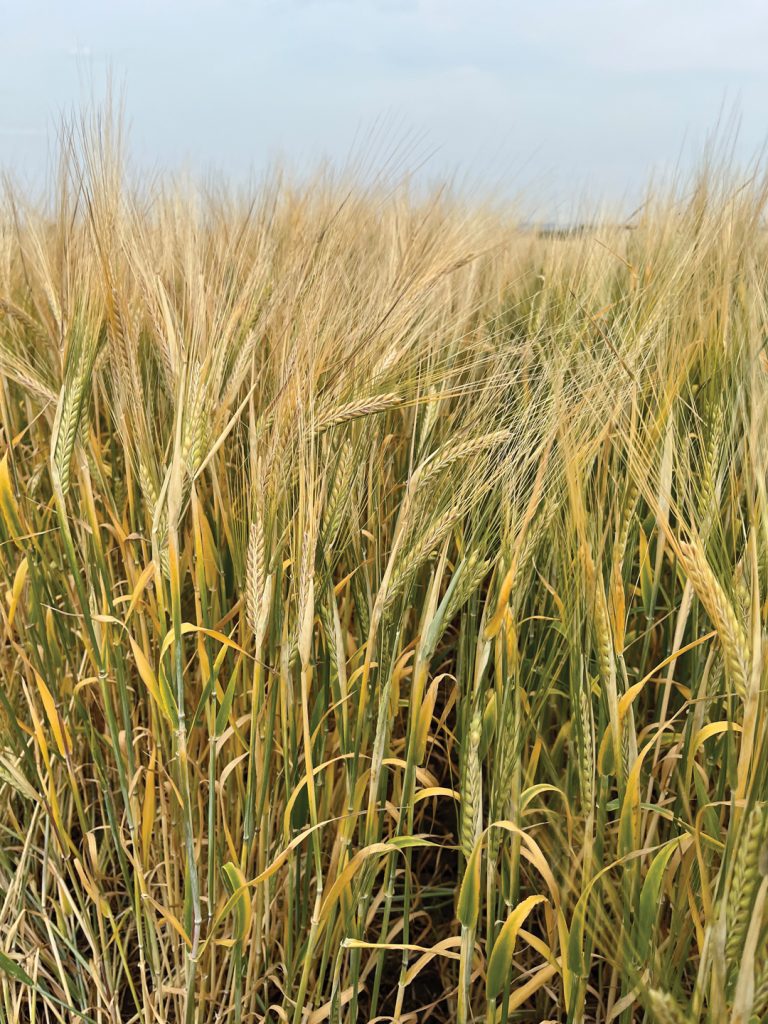
Parsons sees Alberta as uniquely situated to conquer the single-malt whisky scene, given the plentiful acres that farmers could collectively dedicate to high quality varieties, such as Dram. “I definitely want to see Alberta farmers start growing more AB Dram, as well as explore the new varietals coming out, especially in non-GN,” he said.
In the craft sector, seemingly more so in distilling over the brewing, people love a good story, and they’re willing to travel to it and certainly pay a premium price. Back at Red Shed, Hamill concurs with the sentiment that playing to our strengths is a natural way to grow and leverage what’s already here. “This is a product that is very exportable, so it’s going to be something that helps put Canada on the map,” he said. “Canada is already well known across the world, and has a reputation for its beautiful nature, and being very pristine and rich in natural resources. Whisky just is all of that: lighting in a bottle, right?”




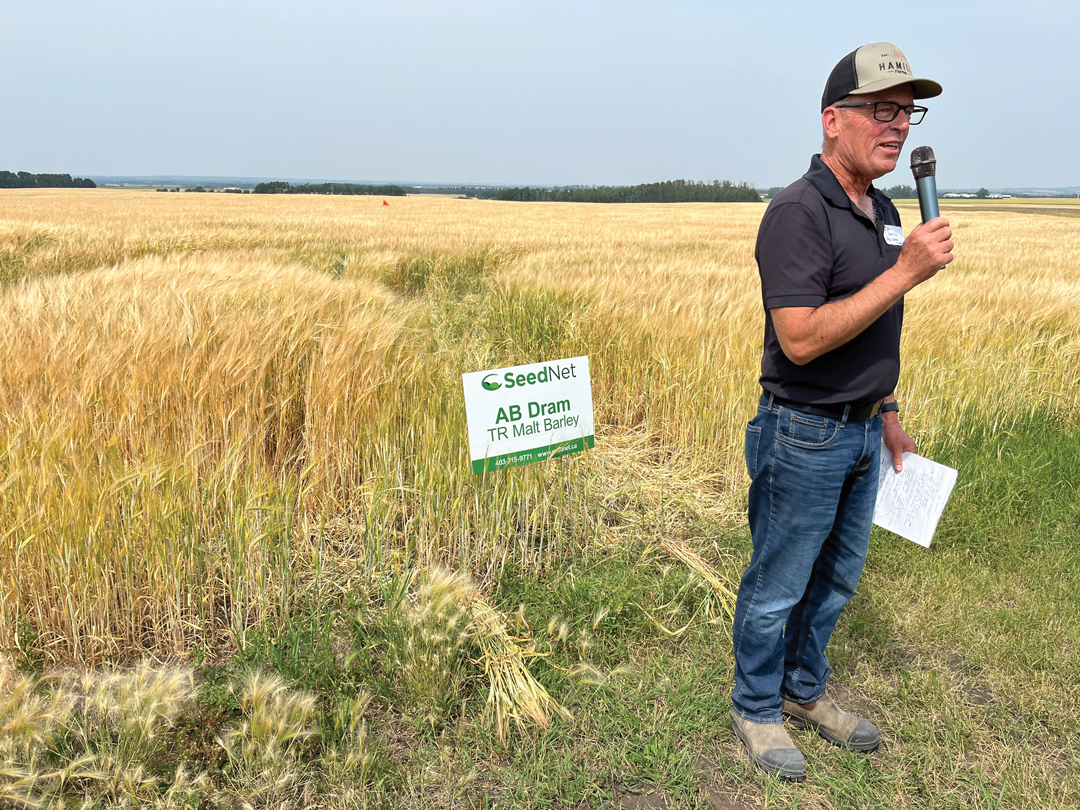
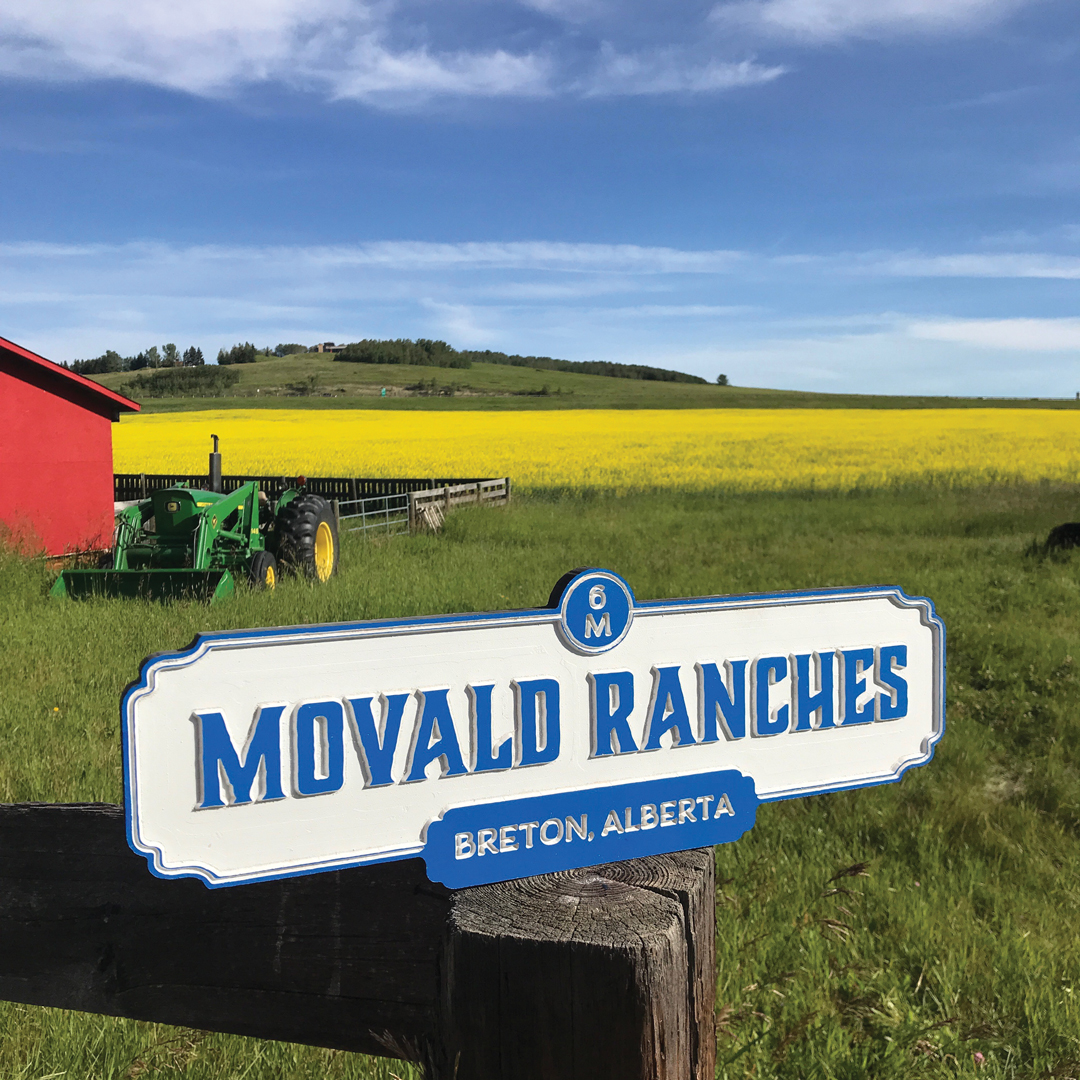
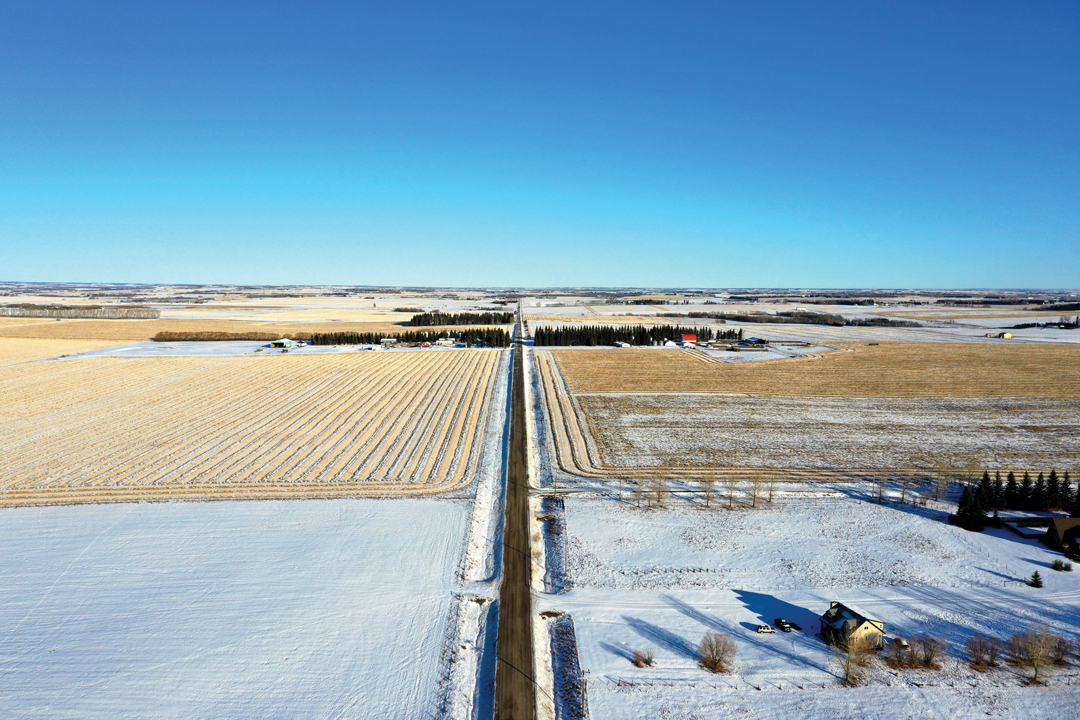
Comments